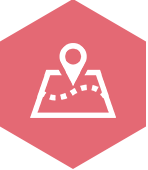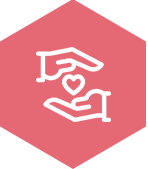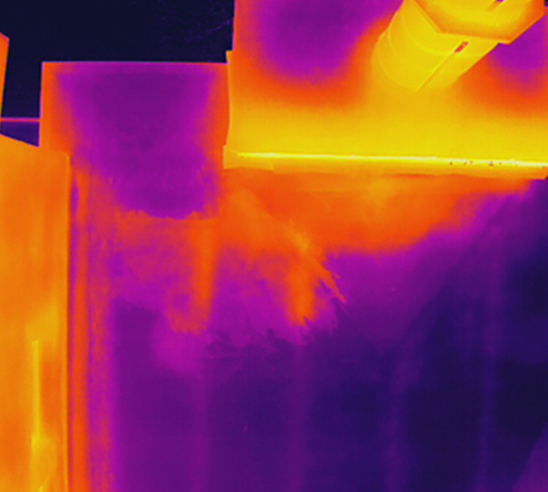
Drones can rapidly, safely, and precisely survey roofs while lowering the cost of computing or measuring the rooftops. As a result, it is possible to gather valuable information that, depending on the company, can be used for a variety of purposes.
The challenges created by rooflines, which are becoming more complex and harder to physically negotiate using traditional methods, can be considerably reduced by the use of drones. Today, a large number of construction professionals use UAVs to survey properties and assess the state of the buildings for tasks like upkeep, repairs, measurement taking, detailing, and other uses.
UAVs can be employed in a wide range of businesses and are not simply confined to construction, building, or roof inspection firms. Drones can be used by insurance firms to evaluate roofs, and marketers can use aerial images to advertise the real estate they are selling.
For several reasons, drones are the preferable equipment for roof inspections. Compared to using manual approaches, these benefits include cost savings, increased inspection speed, safety, and better data.
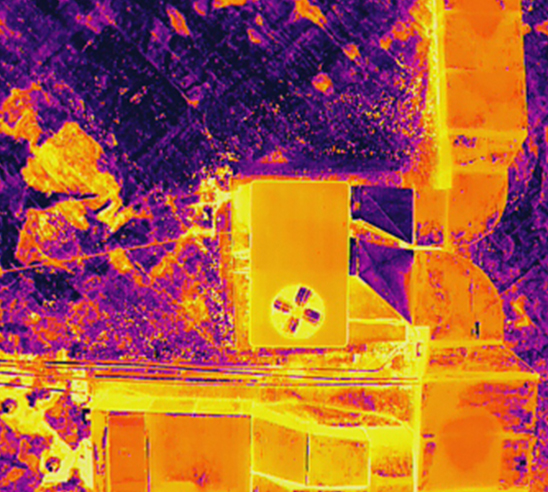
For a routine roof inspection, building specialists or contractors can use customized or off-the-shelf drones and the appropriate software. The phases indicated below are often followed by a straightforward drone-based evaluation.
The integration of AI and other software tools enables the automatic detection of problems that a human eye is likely to overlook. Additionally, there are several imaging and analysis technologies that may be used to create 3D models and provide a wide range of beneficial reports for marketing, maintenance, bidding, insurance evaluations, and other uses.
What is appealing about using a drone to assess roofs?
Unmanned aerial vehicles or systems carry out inspections remotely without the requirement for a human worker to be present on the rooftop. The inspector will frequently control the device from a safe point on the ground while the UAV scans the building for photos, thermal images, and even videos.
Both the inspection company and the building owner experience significant cost savings when using drones.
These are some of the elements that make drones an appealing technology for people looking for speedy, secure, and cost-effective inspection choices.
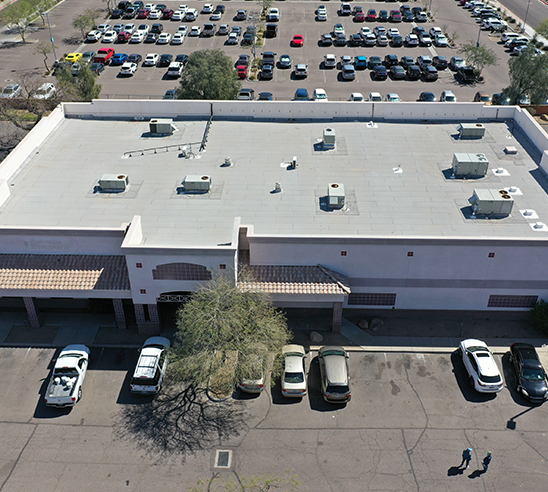
For a drone inspection, heavy access equipment does not need to be moved, assembled, or set up. As a result, after preparing, the actual inspection takes less time. A drone survey can be planned much faster and more simply than a traditional method.
Once the examination has begun, it only takes 10 to 30 minutes to complete it and deliver the results to a central place. A conventional technique could take all day or perhaps longer, depending on how complicated the roof is.
Drones speed up and simplify roof inspections, enabling firms to conduct many, routine inspections.
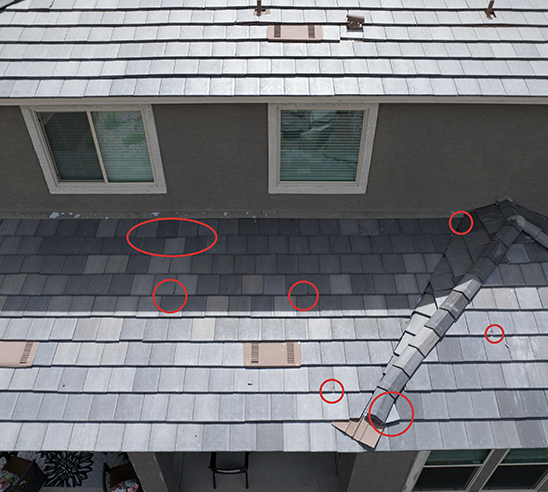
Drones may frequently lower the cost of inspections. It decreases the need for staff, resources, and time. The need for ladders and other large climbing and access tools has decreased, lowering both the risks and the cost of purchasing or renting them. As a result, it is no longer necessary to insure the employees and the equipment.
Manually planning, organizing, and collecting data from a roof might take hours or days. Contrarily, a drone may complete the same duty even more quickly, more affordably, and with less risk to one’s safety or wellbeing.

Drones offer extra benefits above conventional inspection techniques, such as the ability to collect more precise, detailed, and important data. They also reduce inspection time, risks, and expenses. They are thus fantastic tools for companies that install solar energy, run construction companies, offer insurance, run marketing campaigns, etc.
Businesses can also use a number of technologies for analysis and to provide stakeholders with important information. Most software packages can generate reports from the drone data in a format that is compatible with those programs, allowing building management and insurance companies to communicate with other popular applications. The inspection data is therefore easier to understand and communicate to the necessary parties.
Drones enable substantially quicker inspection and result generation, providing a quicker decision-making process.
Precision and repeatability in inspections
Leaks, damaged insulation, and other roof defects may not be immediately visible, making it challenging to find them with the naked eye. But by giving the drones useful sensors, like RGB and infrared cameras, they may be made to spot leaks, deteriorating insulation, and other roof defects.
Drones may take measurements and capture images or videos from the same position and orientation. When it’s required to confirm or clarify a few small details, this feature is usually helpful. It doesn’t take long to complete this task.
This is nearly impossible when using manual techniques, which typically involve trial and error and cannot be relied upon to accurately duplicate an action that has already been completed. When a separate employee is required to accomplish the same activity, the difficulty rises.
The drones offer superior data, allowing operators to repeat the process confidently. This data can be used to compare images taken before and after repairs were made or to explain specific locations.

The majority of building owners, insurance underwriters, maintenance companies, and marketers are unaware of the roofs’ condition due to the various limitations and high expenses of traditional inspection methods.
Drones can close this gap, though, as they offer an exceptionally quick inspection at a cheaper cost. Anyone can now evaluate whenever they want without having to spend a lot of time or money thanks to this.
The conventional method often requires specialist skills to conduct the inspection and get the required data. But without having to scale the edifice, a person of average competency can perform the examination from a safe distance.
Deciding which drones to utilize for the roof inspection
For roof inspections, drones with reliable and steady flight capabilities are needed. The following are the key factors to consider when picking a drone or evaluating a provider’s quote:
Stability
a drone that can fly steadily: The drone must be able to withstand the environment, including mild winds.
Potential for first-person perspective (FPV)
The pilot or controller can watch the real-time photographs taken by the drone camera by doing this. People can use FPV goggles or their screens to view real-time visuals from a drone that has PFV.
GPS capability built-in
Controlling a drone is much easier with the help of the GPS. (GPS). By adopting the autonomous flight mode instead of trying to control the UAV, the pilots may concentrate more on the roof inspection, camera location, and other important activities.
Types and qualities of sensors
High-quality cameras are necessary to take pictures that are crisper and better. Therefore, it’s essential to pick a device with the necessary thermal, image, and video cameras as well as other features based on the information required.
Appropriate flight time and altitude
Longer-lasting batteries provide longer flight times. Most commercial drones can operate for 20 to 40 minutes on average. The more time, however, the better because it enables the device to finish the inspection without having to land to recharge or change the battery. The amount of time it takes to charge is another consideration, especially without a backup battery.
Flight range
When inspecting far-off buildings, it is particularly crucial to consider a drone’s flight range in addition as the amount of time. Flight range is ideal for inspecting numerous buildings simultaneously, such as a campus, because it avoids the need to physically approach each one.
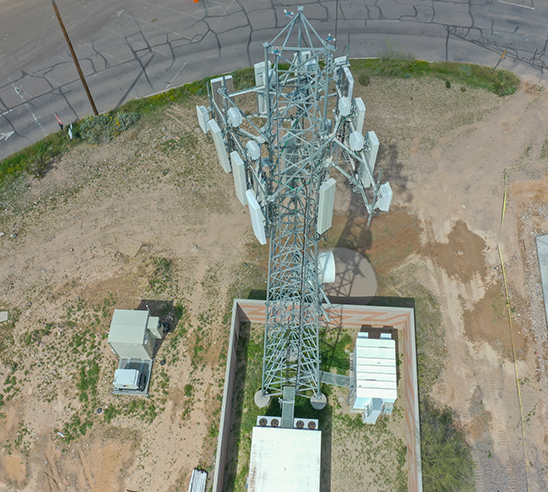
Professional drone roof inspection services are more dependable, efficient, and affordable. They also enable the inspectors to compile a wide range of accurate data. Due to their high costs, higher risks, and time-consuming inspections, old manual processes can have a variety of disadvantages, which is why some firms choose not to employ them.
The owner or builders can perform more inspections thanks to the drones’ speedier and more economical examinations.
Drones open up new opportunities and generate efficiencies in industries such as mining, oil & gas and other large industrial facilities. They have emerged as incredibly powerful, versatile industrial tools capable of completing a wide range of applications.

Many times roofers aren’t able to access the roof because of unsafe conditions. If they are able to access the roof, they can’t capture a quality image from their cell phone. If you don’t have a quality image, you can’t communicate the need accurately to your customer. High resolution aerial drone photos communicate even the smallest details.

By letting us flying our commercial drone around your property, you can provide future customers a better look at what their investment is for, along with all of the exterior features it provides. Nothing is as stunning as aerial photos and videos.
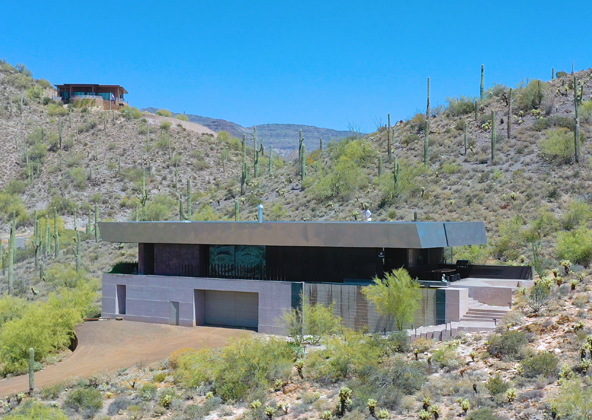


Drones open up new opportunities and generate efficiencies in industries such as mining, oil & gas and other large industrial facilities. They have emerged as incredibly powerful, versatile industrial tools capable of completing a wide range of applications.


By letting us flying our commercial drone around your property, you can provide future customers a better look at what their investment is for, along with all of the exterior features it provides. Nothing is as stunning as aerial photos and videos.

Many times roofers aren’t able to access the roof because of unsafe conditions. If they are able to access the roof, they can’t capture a quality image from their cell phone. If you don’t have a quality image, you can’t communicate the need accurately to your customer. High resolution aerial drone photos communicate even the smallest details.

